Why Civil Resistance Works – The Strategic Logic of Nonviolent Confict
Our findings show that major nonviolent campaigns have achieved success 53 percent of the time, compared with 26 percent for violent resistance campaigns. There are two reasons for this success. First, a campaign’s commitment to nonviolent methods enhances its domestic and international legitimacy and encourages more broad-based participation in the resistance, which translates into increased pressure being brought to bear on the target. Recognition of the challenge group’s grievances can translate into greater internal and external support for that group and alienation of the target regime, undermining the regime’s main sources of political, economic, and even military power.
Why Civil Resistance Works
by Maria J. Stephan and Erica Chenoweth
The Strategic Logic of Nonviolent Confict
Implicit in recent scholarly debates about the efficacy of methods of warfare is the assumption that the most effective means of waging political struggle entails violence. Among political scientists, the prevailing view is that opposition movements select violent methods because such means are more effective than nonviolent strategies at achieving policy goals.2 Despite these assumptions, from 2000 to 2006 organized civilian populations successfully employed nonviolent methods including boycotts, strikes, protests, and organized noncooperation to challenge entrenched power and exact political concessions in Serbia (2000), Madagascar (2002), Georgia (2003) and Ukraine (2004–05), Lebanon (2005), and Nepal (2006). The success of these nonviolent campaigns—especially in light of the enduring violent insurgencies occurring in some of the same countries—begs systematic investigation.
Extant literature provides explanations as to why nonviolent campaigns are effective means of resistance. Little of the literature, however, comprehensively analyzes all known observations of nonviolent and violent insurgencies as analogous resistance types.5 This study aims to all this gap by systematically exploring the strategic effectiveness of violent and nonviolent campaigns in conflicts between non-state and state actors using aggregate data on major nonviolent and violent resistance campaigns from 1900 to 2006. To better understand the causal mechanisms driving these outcomes, we also compare our statistical findings with historical cases that have featured periods of both violent
and nonviolent resistance.
Our findings show that major nonviolent campaigns have achieved success 53 percent of the time, compared with 26 percent for violent resistance campaigns. There are two reasons for this success. First, a campaign’s commitment to nonviolent methods enhances its domestic and international legitimacy and encourages more broad-based participation in the resistance, which translates into increased pressure being brought to bear on the target. Recognition of the challenge group’s grievances can translate into greater internal and
external support for that group and alienation of the target regime, undermining the regime’s main sources of political, economic, and even military power.
Second, whereas governments easily justify violent counterattacks against armed insurgents, regime violence against nonviolent movements is more likely to backfire against the regime. Potentially sympathetic public’s perceive violent militants as having maximalist or extremist goals beyond accommodation, but they perceive nonviolent resistance groups as less extreme, thereby enhancing their appeal and facilitating the extraction of concessions through bargaining. Our findings challenge the conventional wisdom that violent resistance against conventionally superior adversaries is the most effective way for resistance groups to achieve policy goals. Instead, we assert that nonviolent resistance is a forceful alternative to political violence that can pose effective challenges to democratic and nondemocratic opponents, and at times can do so more effectively than violent resistance.
The article proceeds as follows. The first section presents our main argument. The second section introduces the data set and reports our preliminary empirical findings. In the third section, we evaluate three case studies of nonviolent and violent campaigns in Southeast Asia.We conclude with some theoretical and policy recommendations derived from these findings.
…full report PDF HERE …slides HERE







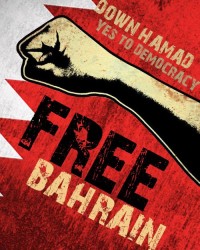
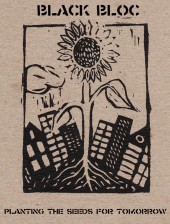



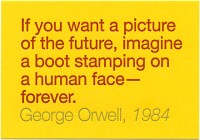
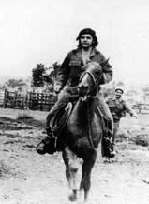
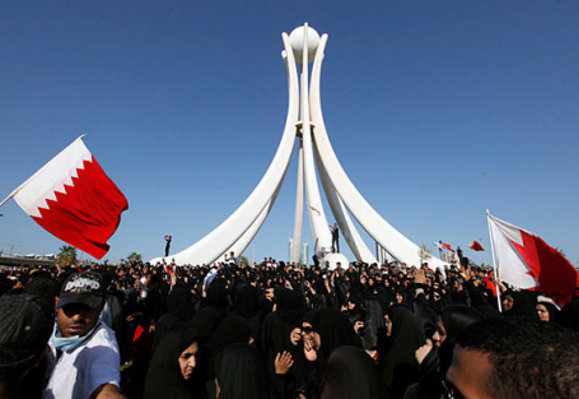
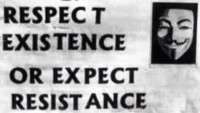








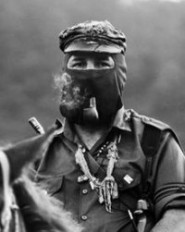





Add facebook comments
Kick things off by filling out the form below.
Leave a Comment